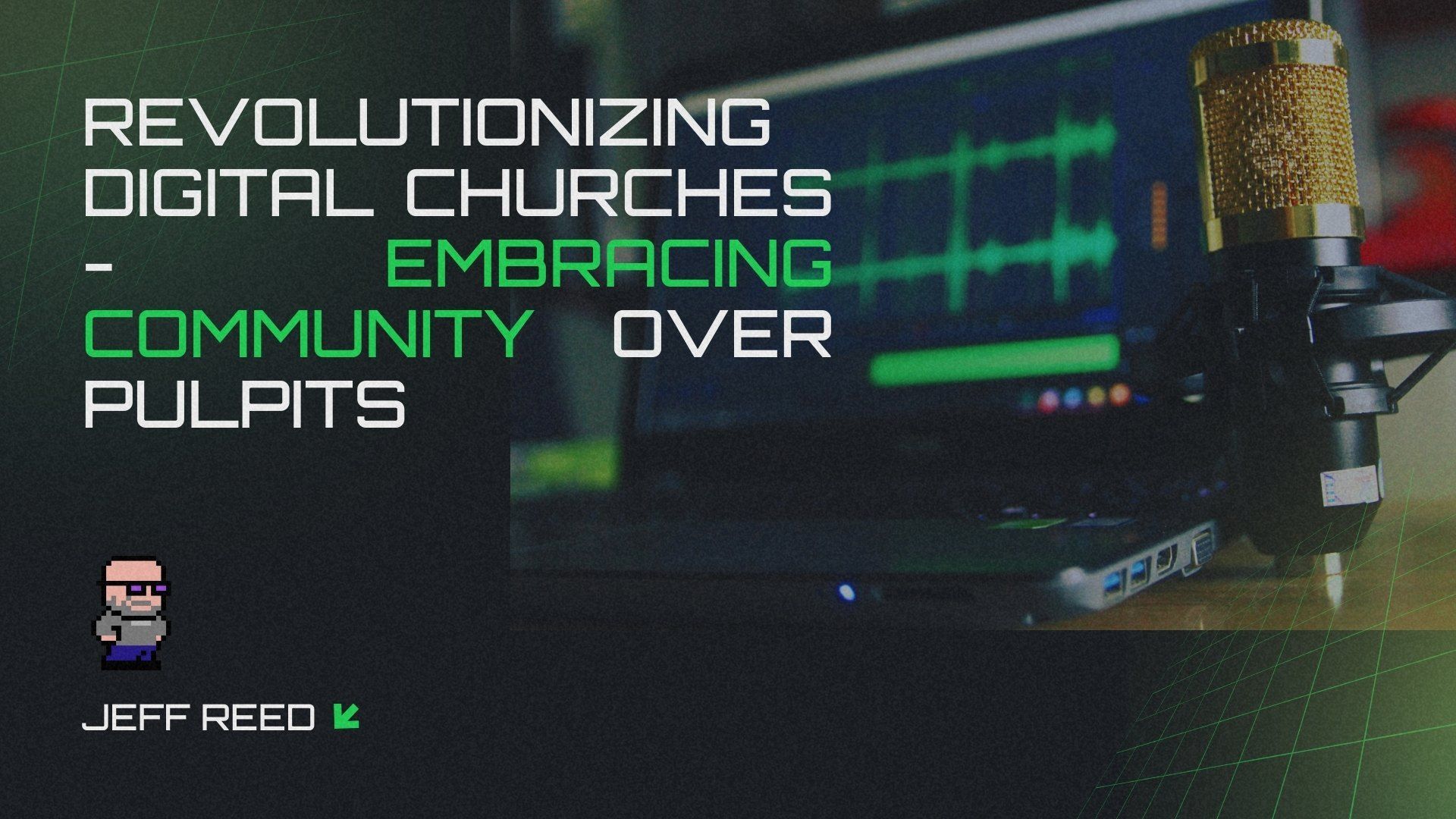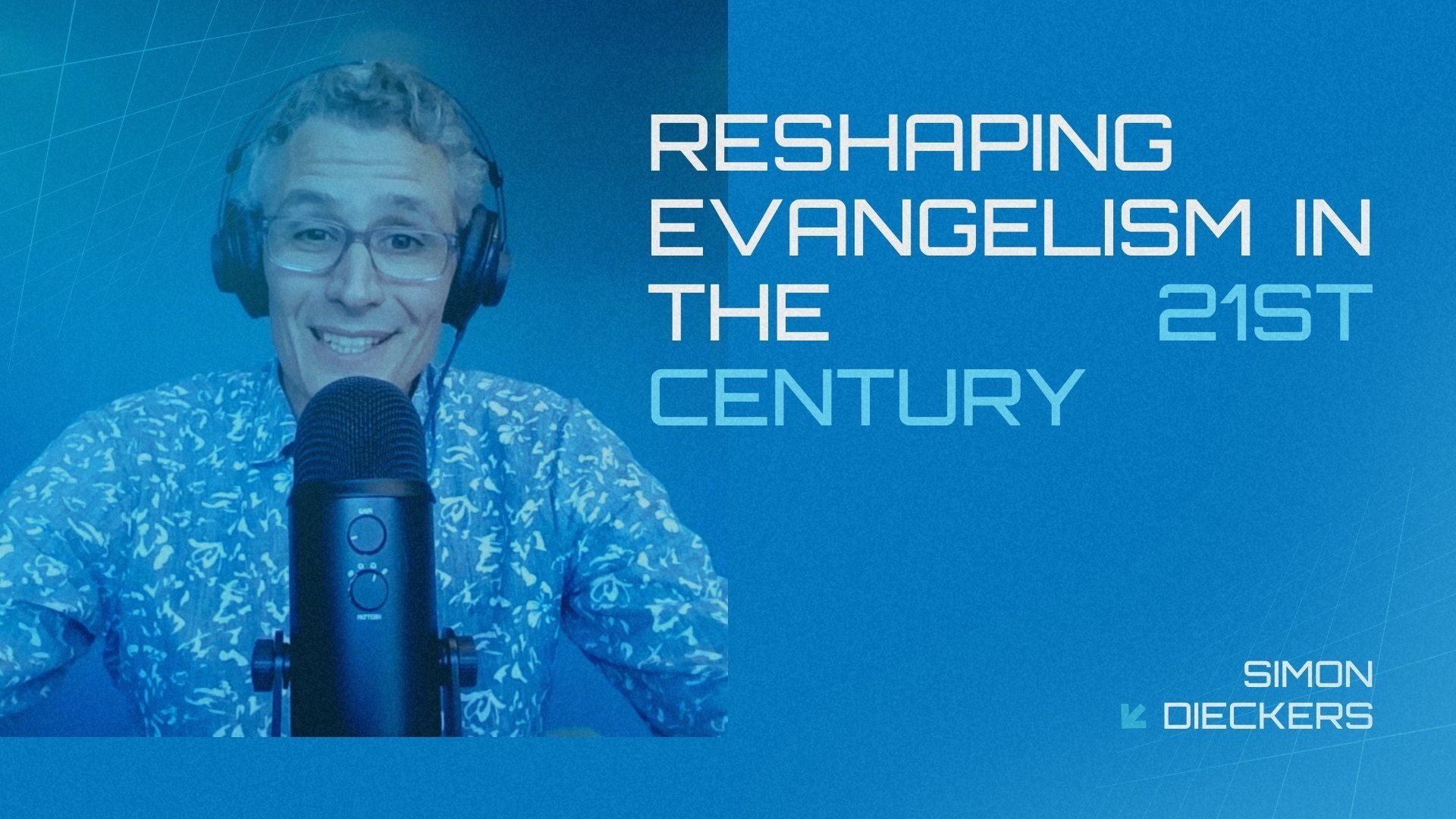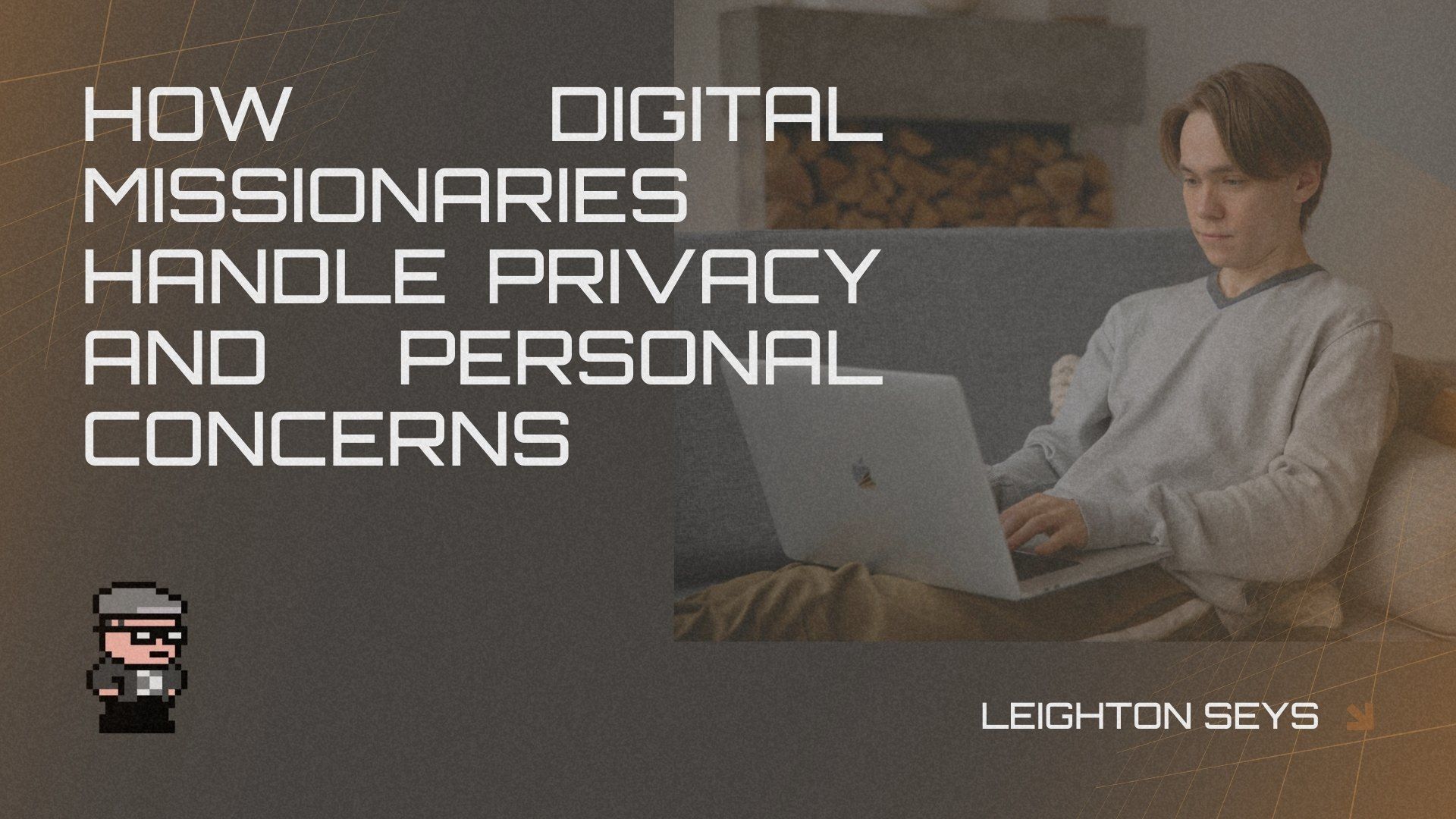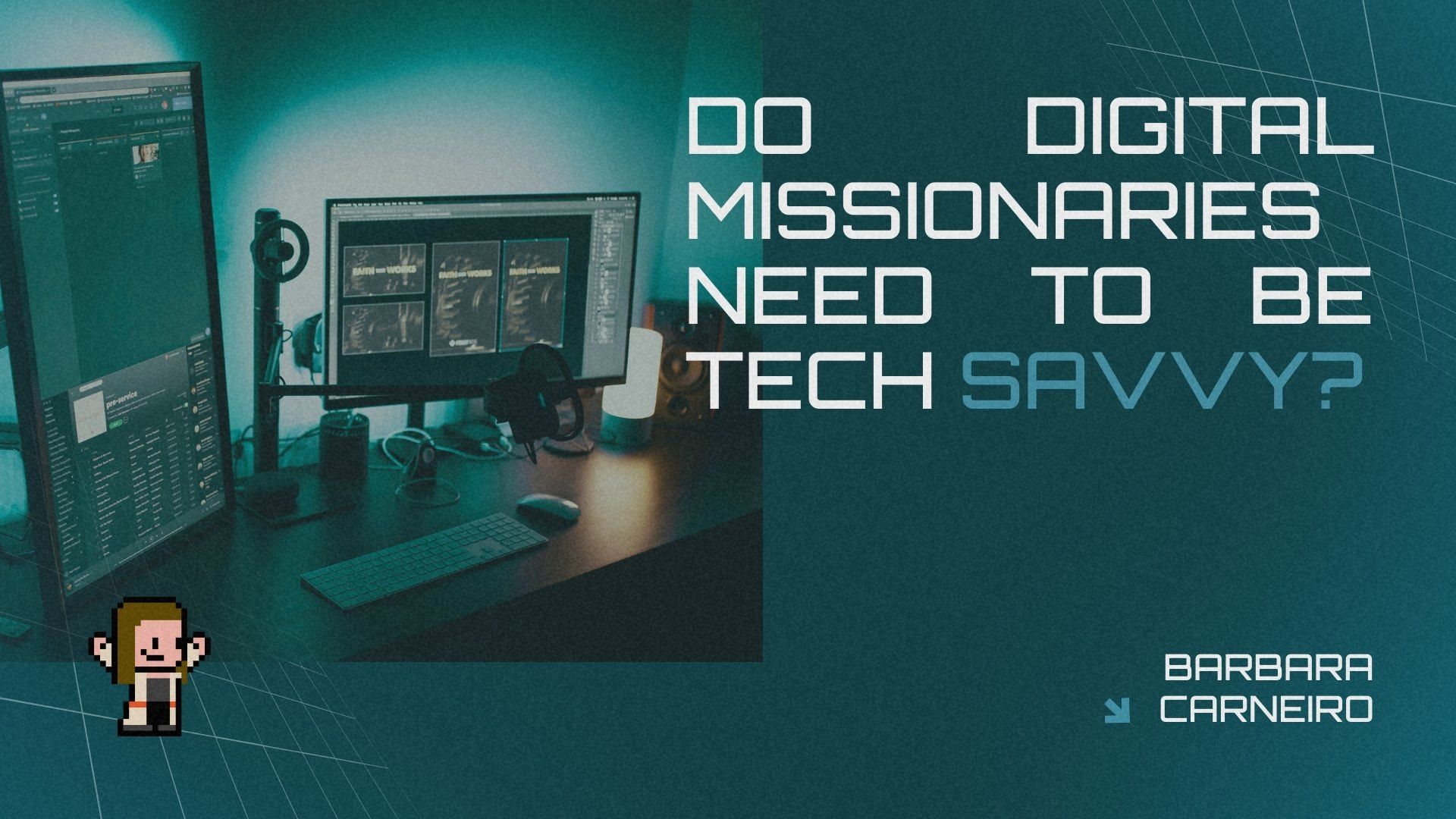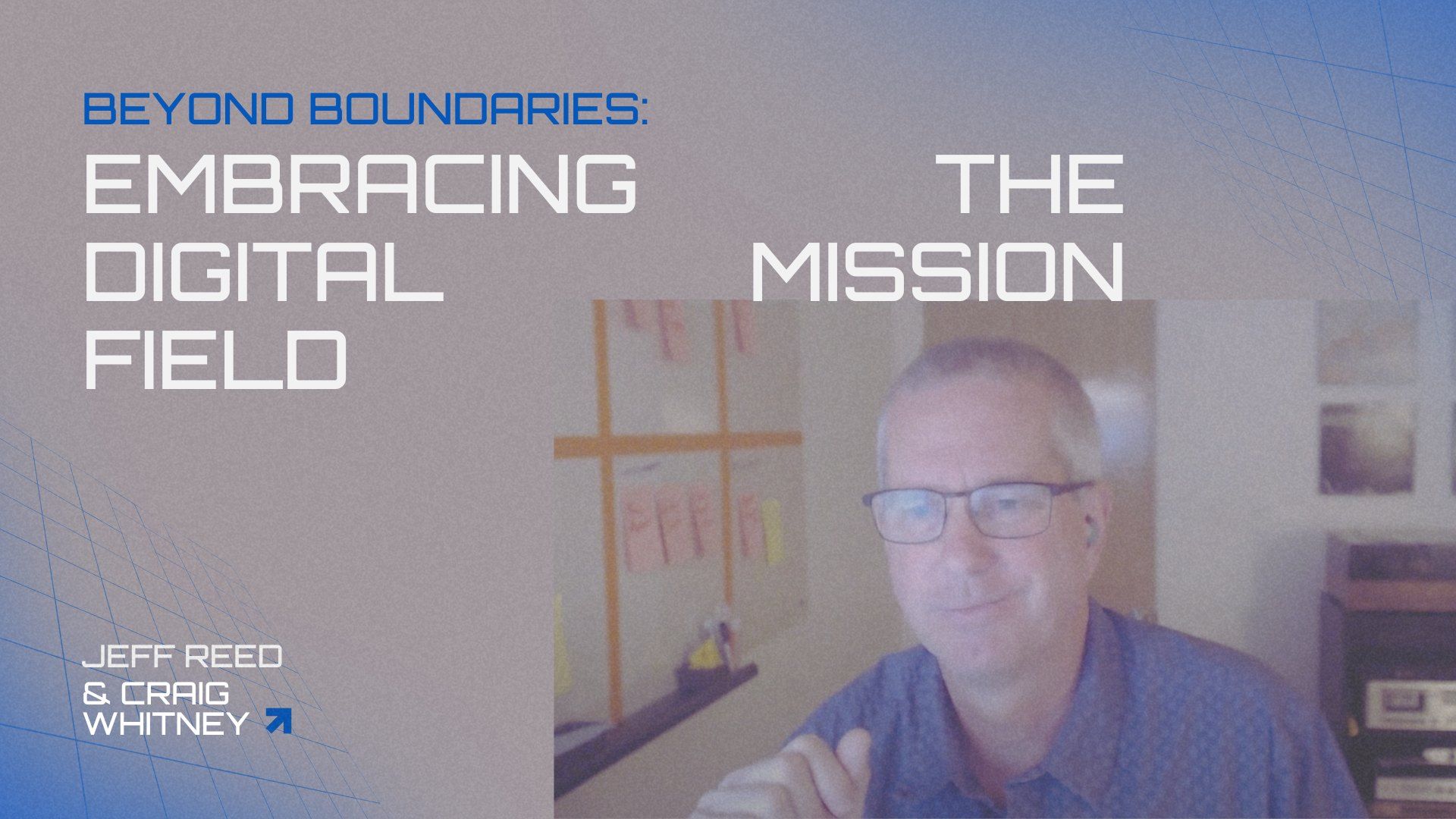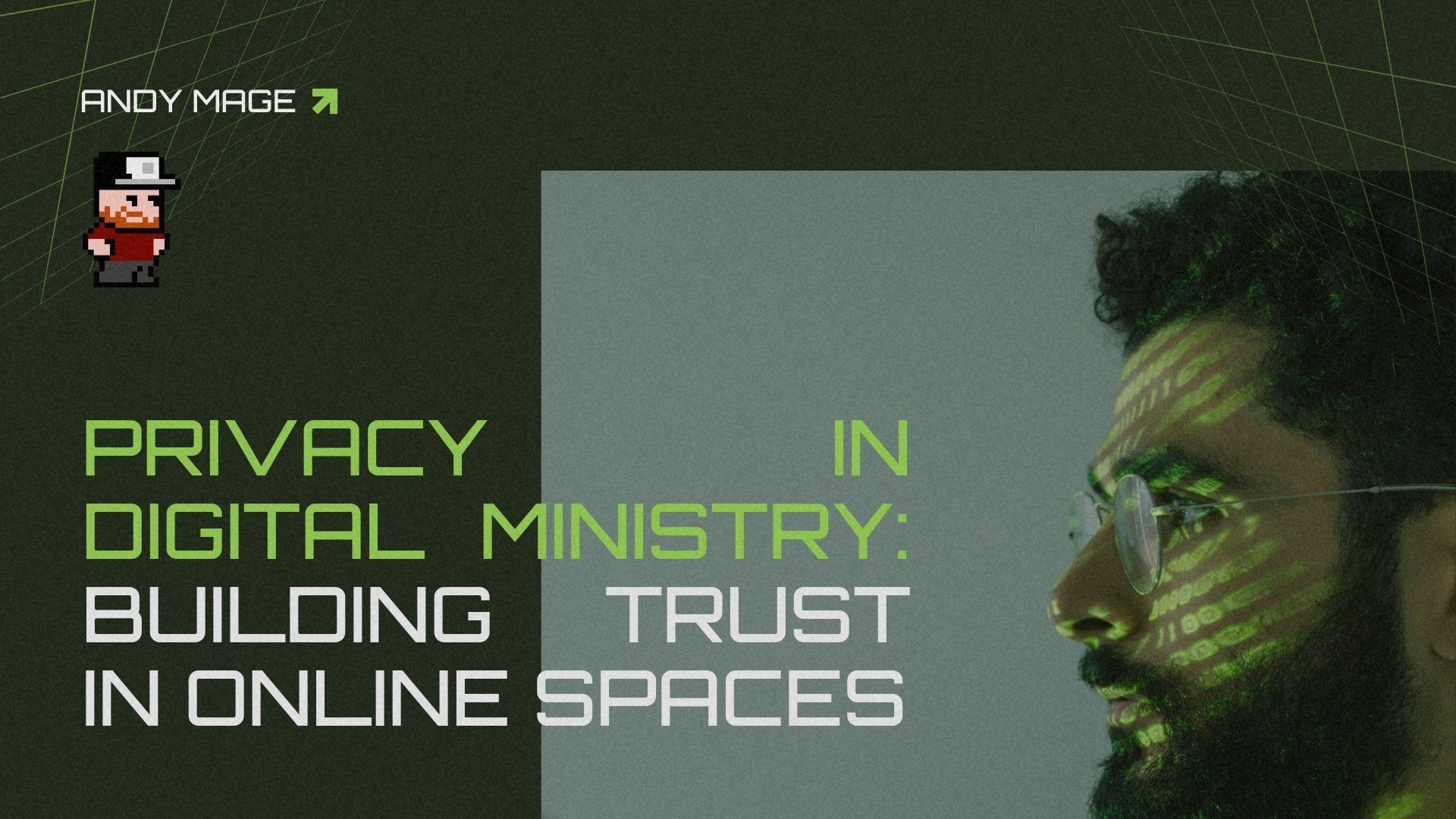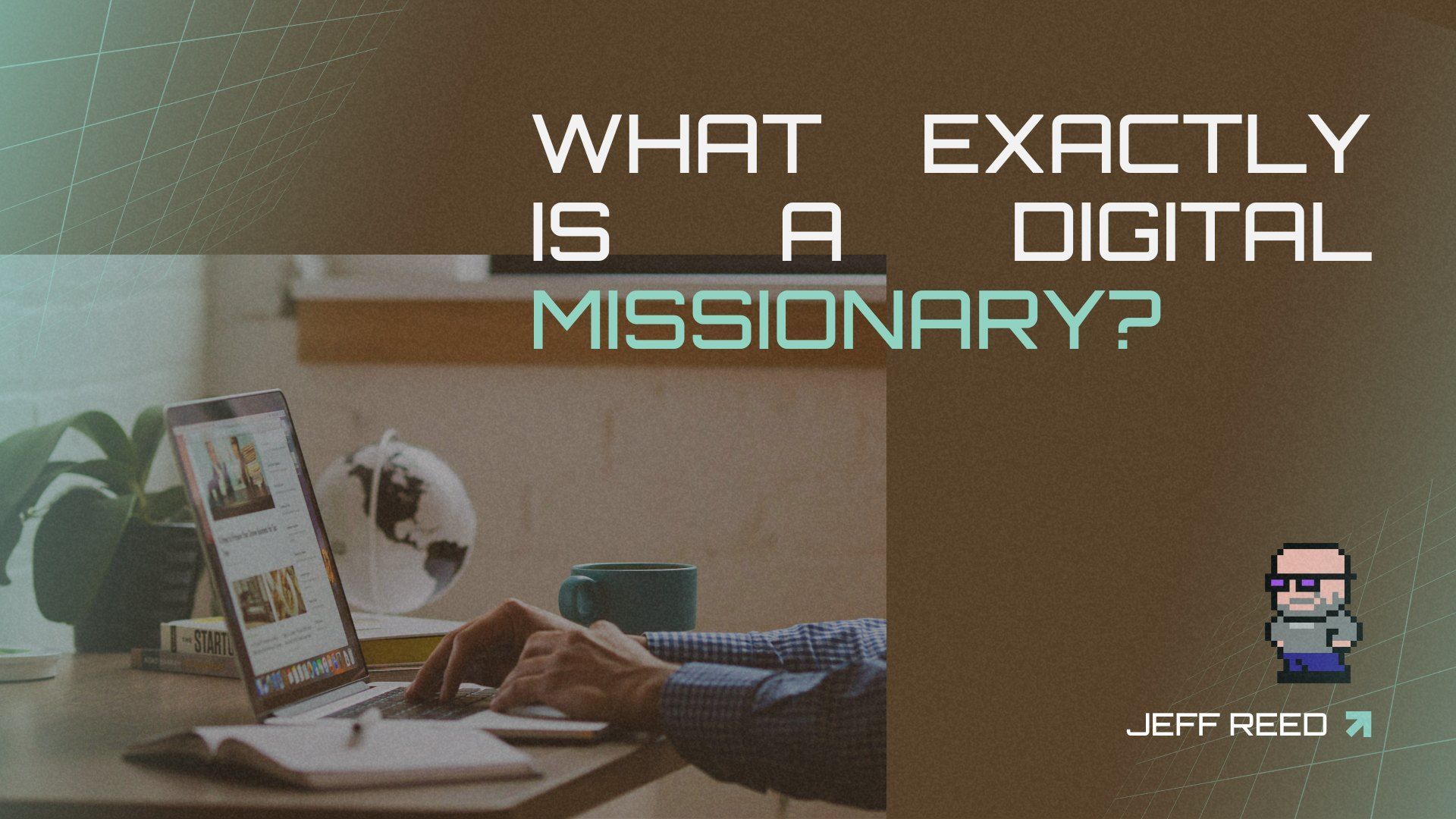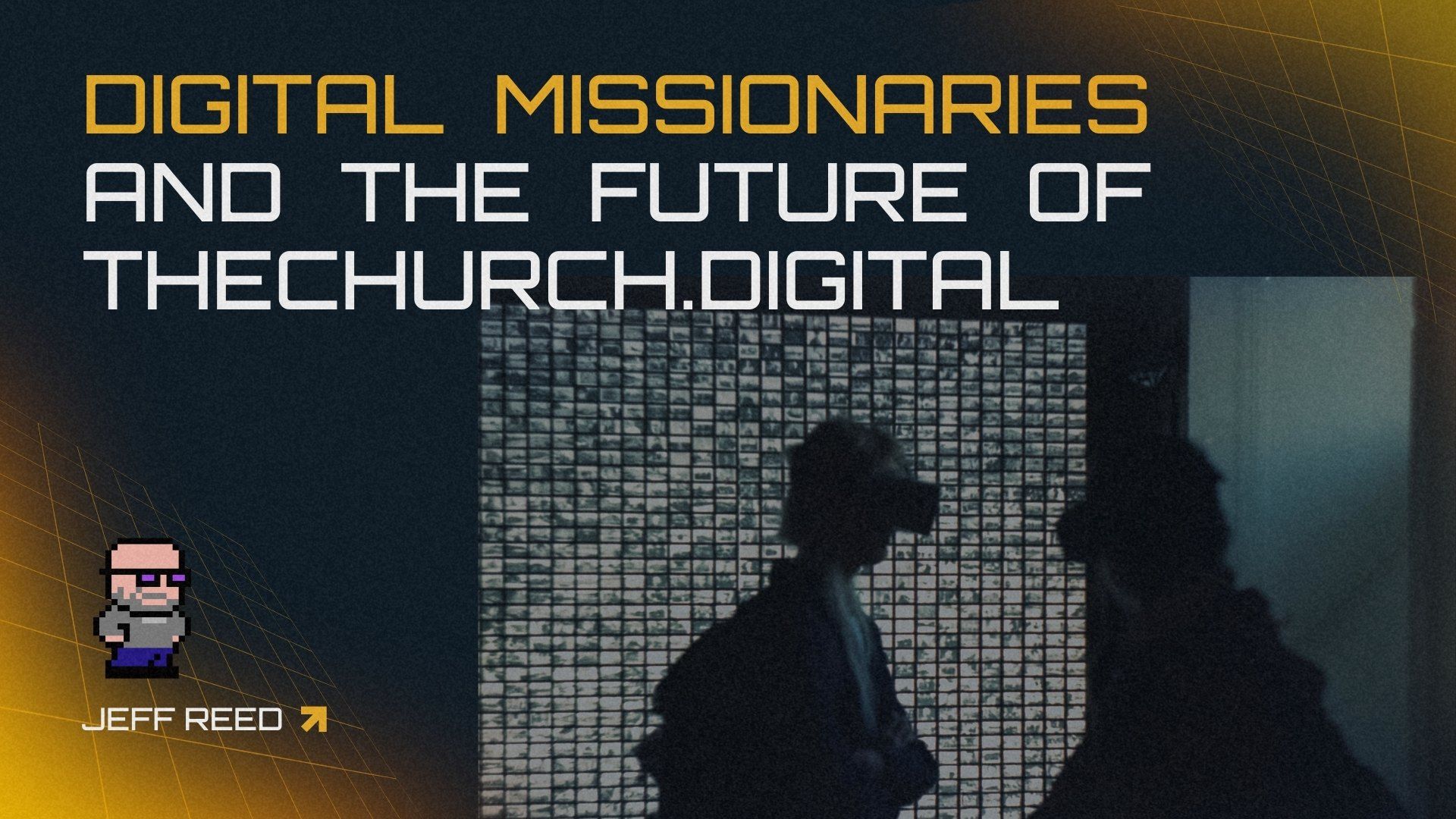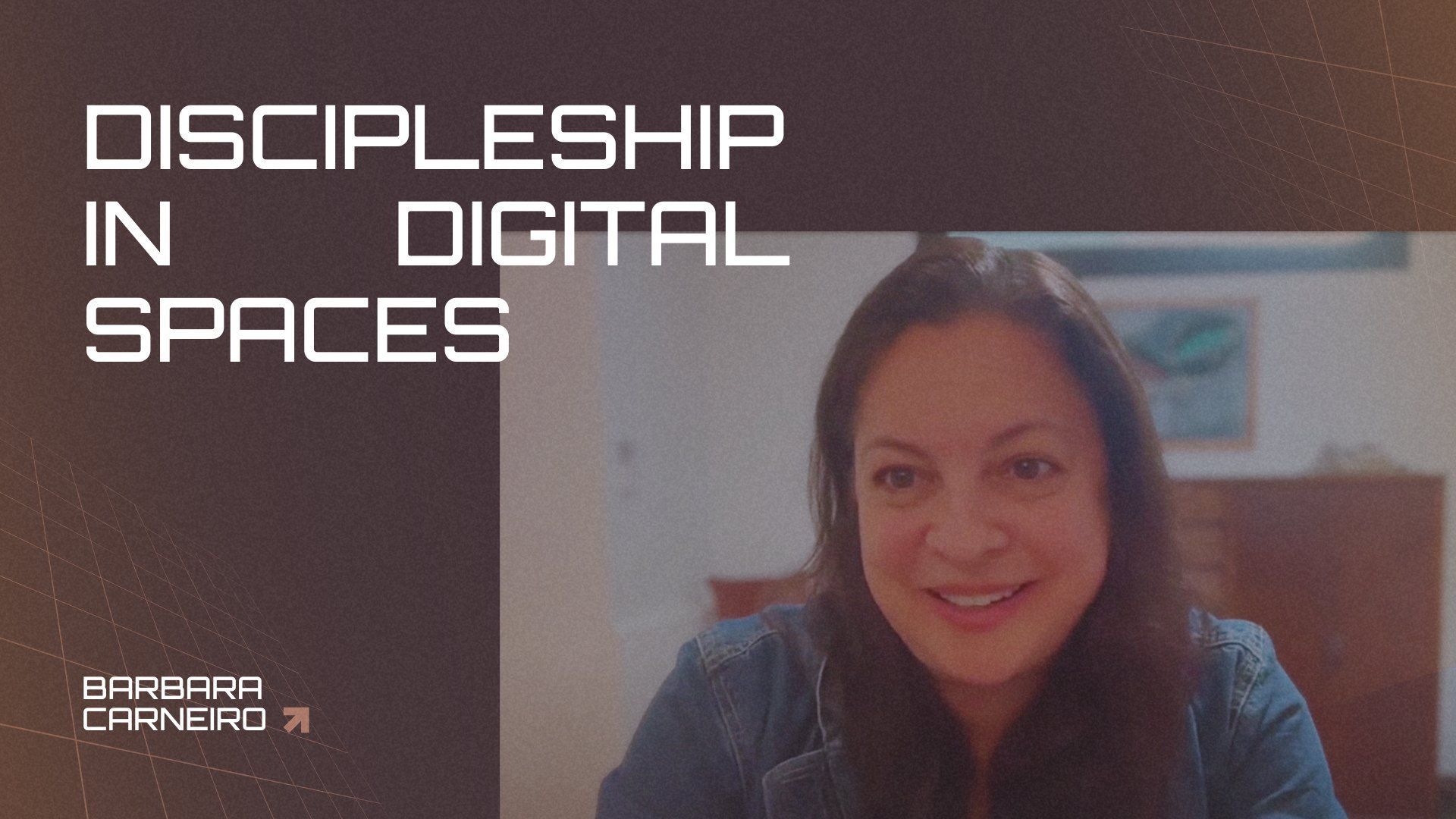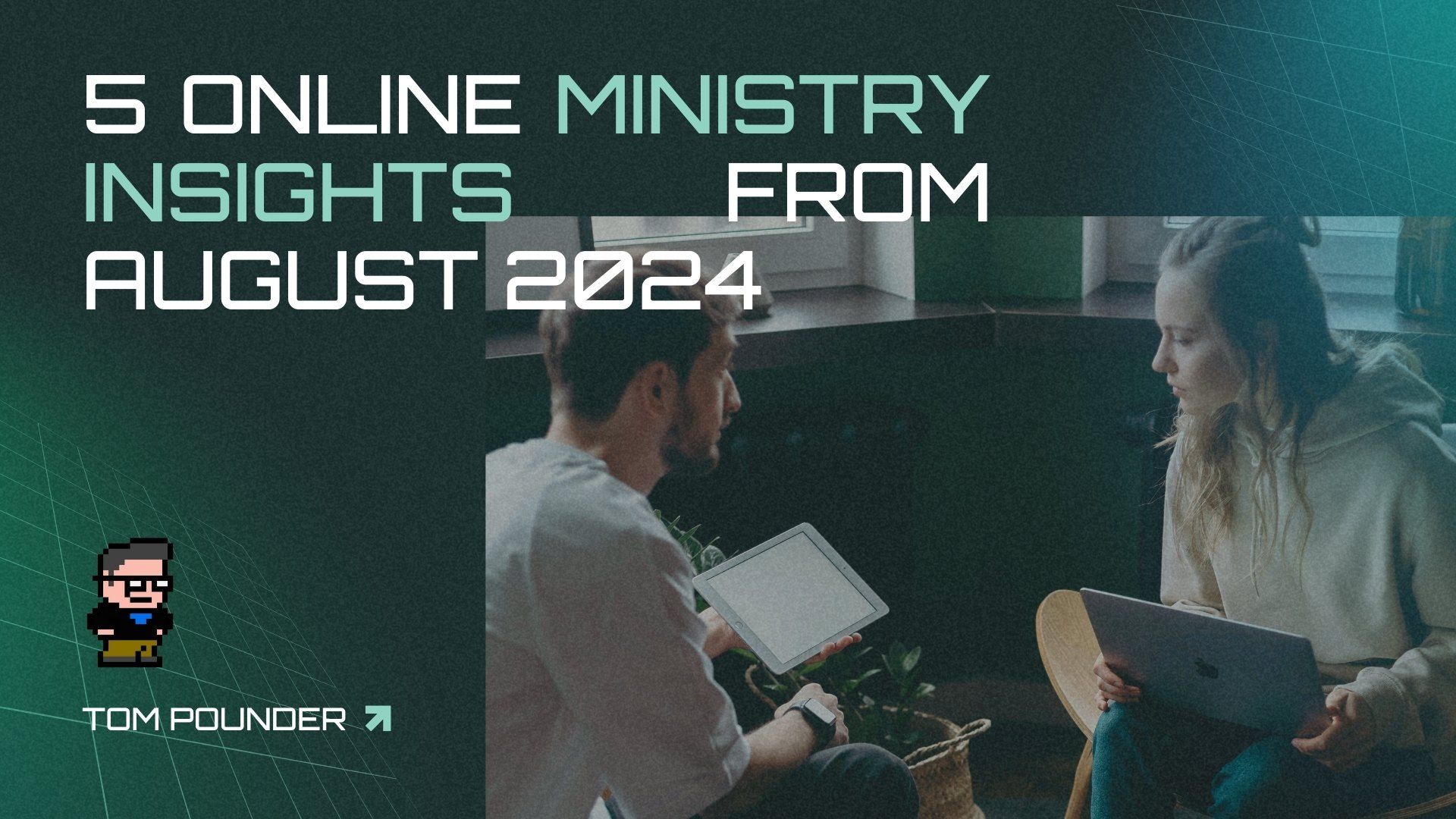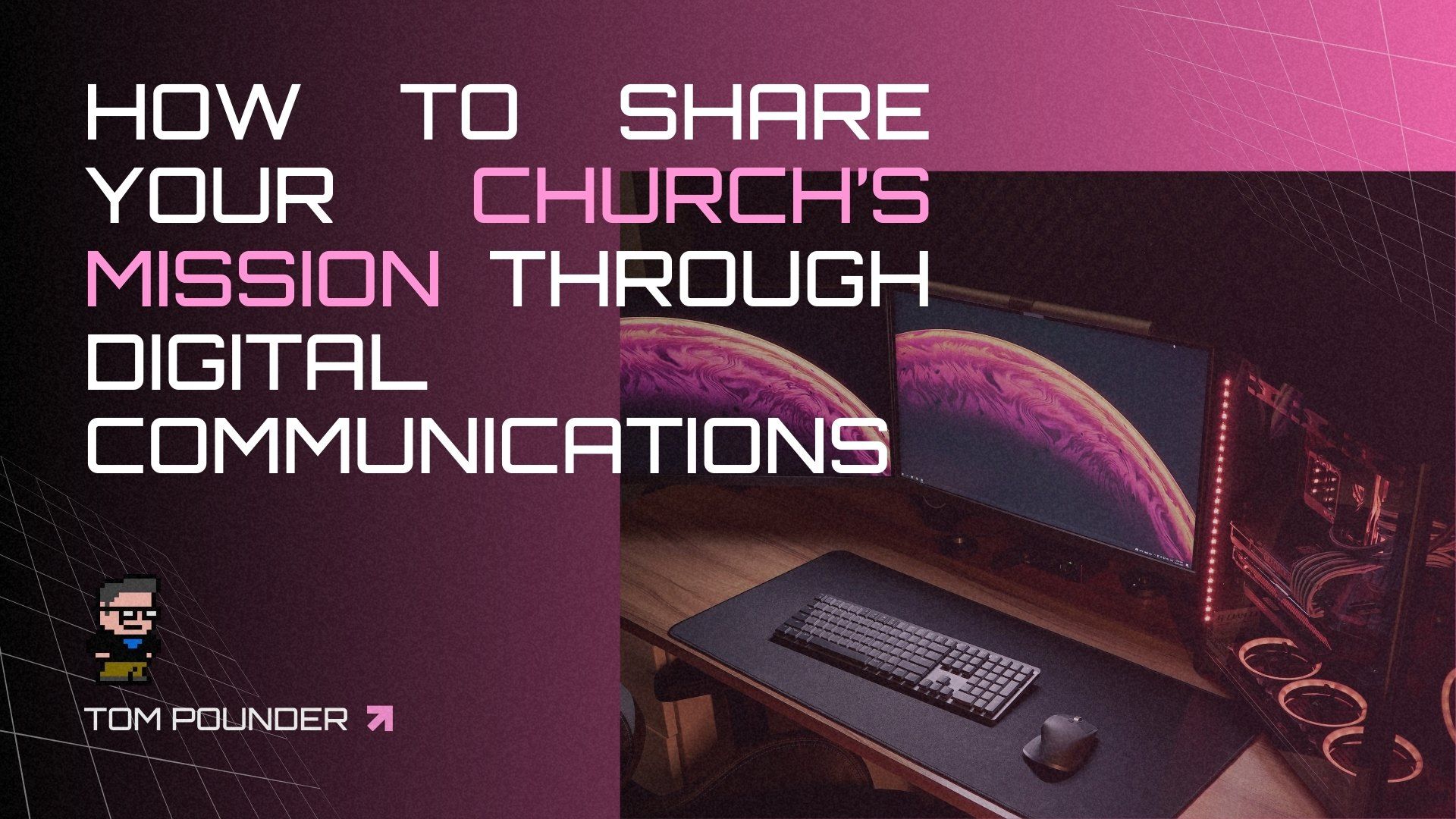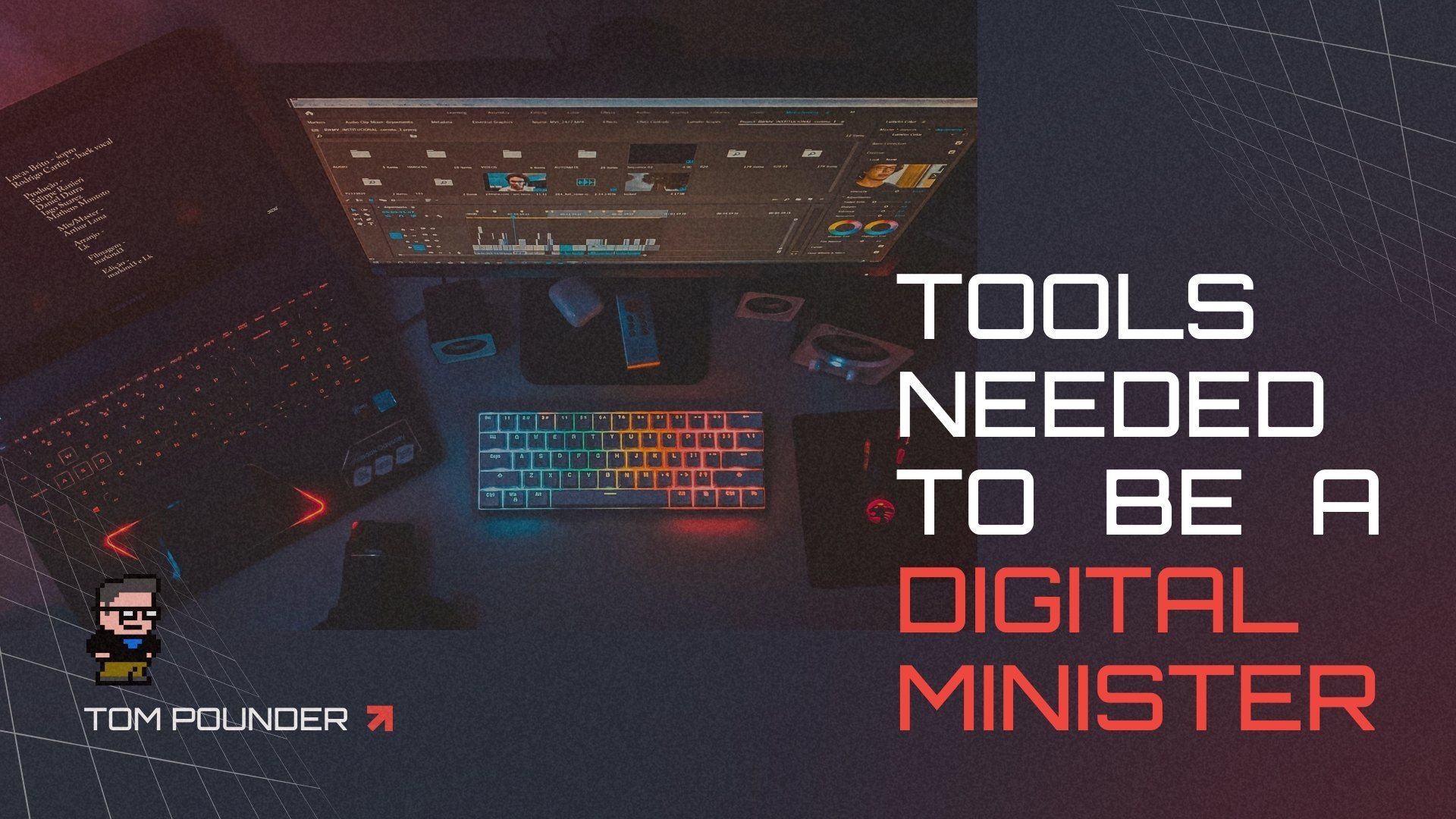Best Practices for Life and Relationships in Digital Spaces
Healthy discussion, prayer and spiritual formation using mediated technology.
There is no complete substitute for relationships in real spaces. We are ultimately made for proximity and for touch. Yet, we live in a unique moment in time that allows for connection to family and friends that can be a rich and meaningful gift. And in a time of social distancing, digital space is a wonderful tool.
Powerful, meaningful and satisfying relationships can happen using a variety of video tools. We have to remember, however, that sharing digital space is NOT the same as sharing the same physical space. To use these tools well, you all will need to be deliberate. We all need to moderate ourselves a bit – adjust how we might normally engage conversation as a gift to others. This adjustment is a gift of love and care to your community, and ultimately a gift for yourself.
Digitally mediated relationships can be fantastic, but you will need to be purposeful. Here are some things to consider as you engage digitally:
FOCUS YOUR ATTENTION
Lack of focus is biggest mistakes I see is that when people are in a digital meeting or conversation. People feel alone and so they do things they would not normally do in a physically live conversation. People get up and move around, go for walks, get something from the refrigerator, let the dog out and even go to the bathroom!!! Assume everyone on the call can see and hear everything you do.
It is not that you are never interrupted in live conversation, but these things are particularly disruptive on video. Digital relationships require a bit more focus.
Your digital meeting will foster healthy relationship as you give appropriate attention. Put your phone away. Don’t text others. Don’t be typing or doing other work. You would not do that in a live meeting – so honor people in digital spaces the same way.
MANAGE YOUR PERSONAL SPACE
You will love and care for others well, if you give attention to the space you will be in before your digital conversation. Here are some things to consider:
- EYE CONTACT: Find a place to sit where you can comfortably see your screen. Consider how you will be able to see your screen and look at the camera at the same time. It can be distracting when those are not synced up. It would be like having a conversation over coffee with someone who is always looking over your shoulder.
- PRIVACY: Find a spot that that affords appropriate privacy. People walking in the background of your video will hinder the depth of the conversation. Your friends will not feel as safe to be honest.
- BACKGROUND: Be sure that what is behind you is helpful to others in the meeting. Avoid sitting in front of windows – that will make you a shadow. People will not be able to see you. Consider how your face will be lit. A good rule of thumb is to make sure people can see your eyes.
DIGITAL CONVERSATION
Video conversation can be really satisfying, fostering deep connection and relationship. It can also be very frustrating if people use the same conversation practices they use in live environments. Adjustments need to be made. Here are some suggestions:
- ONE AT A TIME, PLEASE:
Digital technology is not good at dealing with multiple people talking at the same time. When it happens, everyone is drowned out, or the loudest voice wins. It helps to be more deliberate, and even take turns. That may feel awkward or artificial at first, but you get used to it.
In a recent family conversation, while fun to see everyone, it was unsatisfying for some because they felt that they needed to compete to be heard. Providing a prompt or giving each person an open space to talk will help. And it will also help to tell people how long they have. (Some people need that more than others). - FINDING THE RIGHT PACE: As good as the technology is, there is often a little bit of lag time. This may require pausing or slowing down your normal response time – even in conversation with just one other person. Make sure the other person is done before you comment, ask a question or interject. (That is a good rule of thumb for physically live conversation too, but particularly critical in digital space.)
- LISTENING SKILLS:
It is really important in digital conversation to make sure that you practice good listening skills.
- NON-VERBAL COMMUNICATION: Many of us are practiced active listeners – we voice affirmation, express empathetic concern and ask clarifying questions. In digital space, we need to learn to do that non-verbally. Even the small verbal cues can make people feel interrupted in digital space. Use non-verbal cues instead. Nod your affirmations, learn how to communicate concern, empathy or “I hear you” with facial expressions. It may sound odd, but you get used to it. It is amazing how powerful it can be to give and to receive.
- BODY LANGUAGE: Again, eye contact is really important. That is why you need to not be typing texting or checking your email. Pay attention. Assume that everyone is seeing what you are doing. Slouching, looking bored, holding your head in your hand will all send loud messages.
TECHNOLOGY TIPS
There are a few basic guidelines that will help digital conversation happen more easily.
- SELECT YOUR SCREEN VIEW: Almost all video technology tools allow you to select your view when there are multiple people on the call. If you have less than ten people on the call, it is always best to select a group view – where you can see everyone’s face at the same time. That will foster your focus, and good practices of eye contact.
- EAR PHONES: Sound quality will almost always be better through ear phones. You will be able to hear better, and others will be able to hear you. It also helps avoid feedback, and help diminish the ambient noises that may be in the room around you.
- MUTING: It will always help to mute yourself when you are listening to others. You will have to get used to turning it on and off as you participate.
- ARRIVE EARLY: Sometimes the technology does not always work as we expect. It has happened to me more than once that a link to a meeting was broken or expired. And a few times my computer wanted to update the software as I began the meeting. Arriving early can mitigate those possibilities.
PRAYING IN DIGITAL SPACE
Prayer in digital space can been deeply meaningful. Many of the practices that foster good conversation will also foster meaningful prayer.
Each in Turn: This is a good place to start. Consider praying for people in turn. Each person can share (with a suggested time frame) and then one person in the group can pray for that person. Sometimes spontaneous prayer can be challenging as the technology and lag may make people feel like they are interrupting others. (Review the tips for conversation in digital space).
Once you have become more comfortable with the tools, the use of pauses and pace, other forms of prayer are certainly possible. Ultimately any kind of prayer you can do in live space can be done in digital space. And a good rule of thumb is to remember that if you would not do something in live space, it will probably not work in digital space.
BIBLE DISCUSSION IN DIGITAL SPACE
Good facilitation skills are important no matter what the venue. A discussion is often as good as the facilitator. Digitally mediated discussion requires a bit of extra care and planning, but it is very similar to facilitating discussion in live space. Here are some things to consider in digital space.
- PREPARE: Review the tips for digital conversation. They will help everyone – the leader and participants alike. It might be helpful to send out the tips for good digital conversation and tech tips before each meeting – a helpful reminder to people as everyone is getting used to the medium.
- PACE: Remember that conversations in digital spaces are fostered by a slightly slower pace. Remind people to pause a bit to make sure others are done talking.
- INCLUSION: Getting a chance to participate in digital space can be hard – especially for the quieter or more timid people. You might suggest that if someone wants to make a comment that they raise their hand first. It may feel awkward at the beginning, but it will enable everyone to participate.
- DON’T FILL THE SILENCE: As a facilitator, one of the hardest things to do is endure the silence that will inevitably take place as people think. This is extra hard in digital space. Be patient and remember to avoid filling the space with your voice. I overheard a digital Bible discussion the other day where the leader was the only one who spoke. She asked all the questions and was the only one to really answer them.
- LESS IS MORE: Because of the pace of digital conversations, plan to do about a third less in digital space than you might expect to accomplish if you were in the same room.
What do you think? Share your ideas on Discord or on social media.
Through the.Church.digital, we are helping physical and digital churches better understand the discipleship process, and helping churches and church planters understand this and other decentralized mindset shifts. By taking this quick assessment we can get you connect with a coach, resources and more. Also, check out our Discord Group where we are encouraging people daily.

